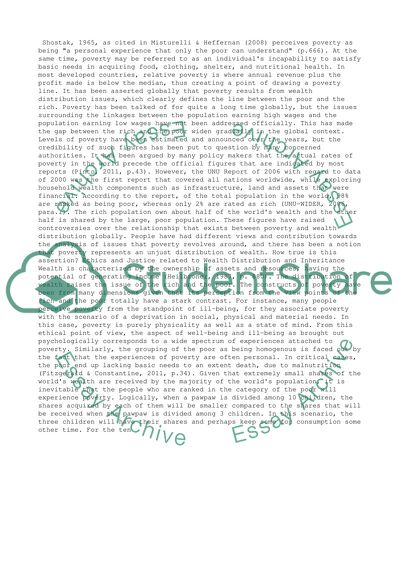Cite this document
(“How Poverty Represents an Unjust Distribution of Wealth Essay”, n.d.)
Retrieved from https://studentshare.org/business/1394629-assignment
Retrieved from https://studentshare.org/business/1394629-assignment
(How Poverty Represents an Unjust Distribution of Wealth Essay)
https://studentshare.org/business/1394629-assignment.
https://studentshare.org/business/1394629-assignment.
“How Poverty Represents an Unjust Distribution of Wealth Essay”, n.d. https://studentshare.org/business/1394629-assignment.


